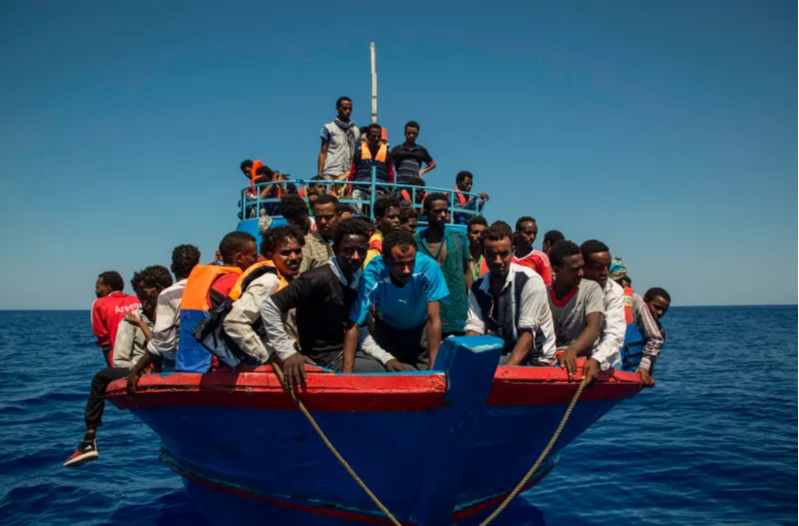The Italian Ministry of the Interior reports that, to date this year, the number of 100,000 migrants received in the country has been exceeded. Of this number, more than 10,000 are non-custodial minors.
The report says that at the beginning of August, about 92,000 landings had been reported — and within two weeks, the number had already exceeded 100,000, which represents more than 8,000 migrants in 15 to 20 days.
At this rate, the 2022 figures for the same period will be exceeded. From the beginning of 2023 to the end of August, more than 101,386 African migrants have arrived, representing a 107 percent increase over the previous year.
About 48,940 more migrants than in 2022, who in August reached almost 800 daily arrivals on the shores of Italy. The main countries of origin of these migrants are Ivory Coast with more than 11,000 people, Guinea with a slightly lower figure, Egypt with more than 7,000, Bangladesh, with more than 6,000, and with smaller figures of between more than 5,000 and three thousand people, we have Tunisia, Burkina Faso, Syria, Cameroon and Mali.
With these figures, Italy remains the main irregular gateway to Europe. Already in April this year, the Italian government declared itself in a migratory emergency. At that time, the country saw itself in the possibility of adopting a heavy-handed migration policy, with the aim of reducing the landings of forced migrants to its shores.
Four months after some restrictive measures were introduced, the flow has not decreased significantly. The intensification of the conflicts present on the African continent, the growing insecurity in Libya and the increase of the economic crisis in Tunisia, has done nothing but maintain and increase migratory flows, adding sub-Saharan Africans, large groups of North Africans.
Italy continues to press the Tunisian authorities to increase containment of the transit of sub-Saharan migrants. Traditionally, Tunisia has been a transit country for migrants going to Europe.
In this context, the Tunisian government has been hostile to migrant flows arriving at its borders for months. For their part, European countries such as Italy and Spain, as well as the European Union as a whole, have not stopped providing financial assistance to the North African country, so that it can fulfill migration commitments.
In this regard, humanitarian organizations assisting sub-Saharan and African migrants in general, accuse the Italian government and the rest of Europe of violating human rights and international law with the sole objective of containing migratory flows at all costs.


